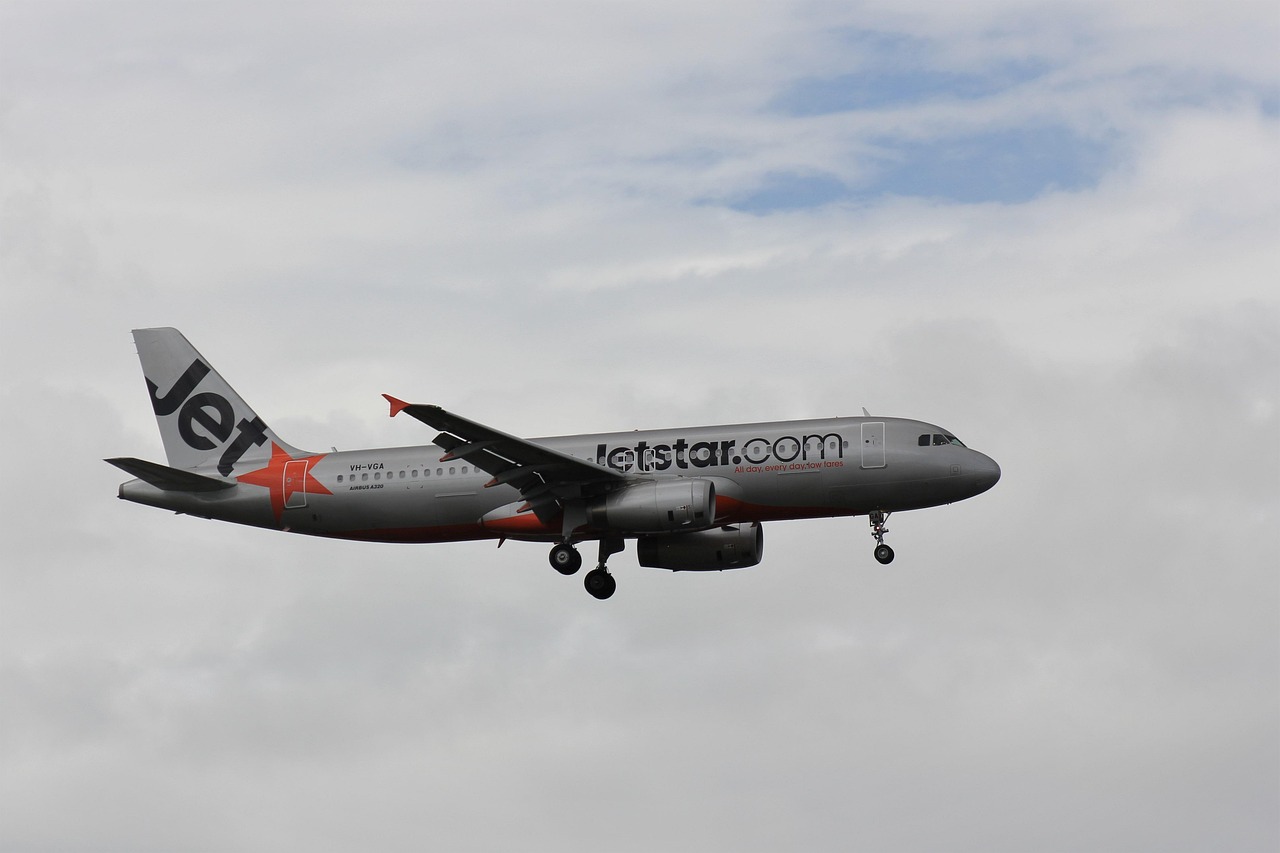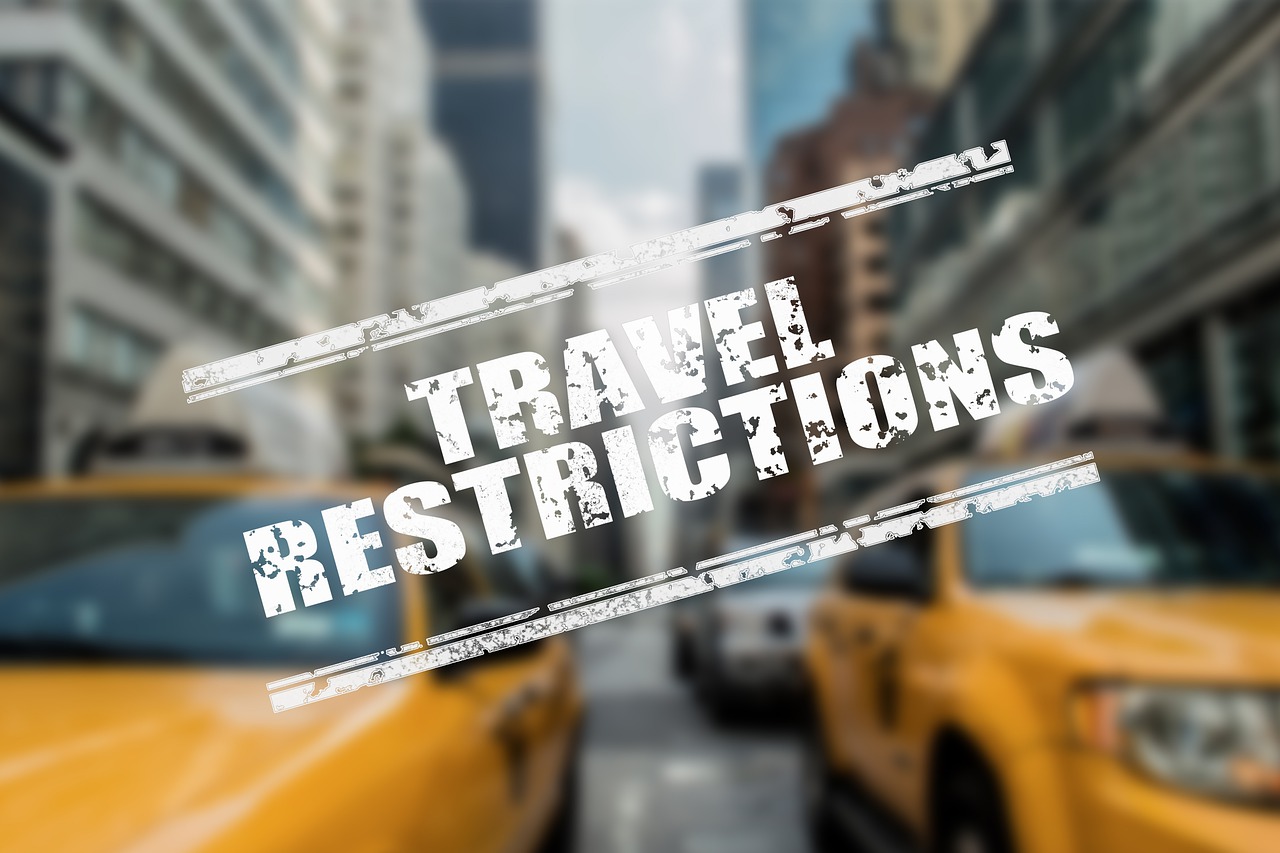
The Revival of the Airline Industry: Major Changes in Post-Pandemic Travel
The airline industry, once a thriving hub of global connectivity, faced unprecedented challenges during the COVID-19 pandemic. With grounded fleets, plummeting revenues, and a steep decline in passenger numbers, the road to recovery seemed daunting. However, as the world adapts to the new normal, the airline industry is experiencing a remarkable revival. This resurgence is driven by innovative changes that promise to redefine air travel as we know it. In this article, we explore the major changes in post-pandemic travel and what they mean for travelers and the industry alike.
The Impact of the Pandemic on the Airline Industry
The pandemic’s impact on the airline industry was immediate and severe. According to the International Air Transport Association (IATA), airlines worldwide suffered losses exceeding $370 billion in 2020. With travel restrictions and lockdowns in place, airlines had to adapt quickly to survive. This period saw innovations in operational efficiency, customer service, and safety protocols, laying the groundwork for the industry’s eventual recovery.
Technological Advancements in Air Travel
As airlines strive to regain passenger confidence, technology has become a crucial ally. The pandemic accelerated the adoption of digital solutions to enhance the travel experience. From contactless check-ins to biometric boarding, technology is reshaping every facet of air travel.

One significant advancement is the implementation of digital health passports. These mobile applications allow travelers to store and present their health information, such as vaccination status and test results, in a secure manner. The World Health Organization has been instrumental in developing guidelines for these digital tools to ensure they meet global standards and respect privacy.
Enhanced Health and Safety Measures
Health and safety have become top priorities for airlines in the post-pandemic era. To reassure passengers, airlines have implemented stringent sanitation protocols, including enhanced cleaning procedures and air filtration systems. The use of high-efficiency particulate air (HEPA) filters has become standard in most aircraft, ensuring that cabin air is refreshed every few minutes, reducing the risk of airborne transmission.
Additionally, airlines have adopted new boarding and seating procedures to minimize contact. Many have introduced staggered boarding to reduce crowding and enforce social distancing. The Centers for Disease Control and Prevention (CDC) continues to provide guidance on managing health risks during flights, helping airlines maintain high safety standards.
Flexibility and Customer-Centric Policies
In response to the uncertainties of travel, airlines have introduced more flexible booking policies. Many carriers now offer options to change or cancel flights without incurring hefty fees. This flexibility has been crucial in restoring consumer confidence and encouraging bookings.
Customer-centric approaches extend beyond booking policies. Airlines are enhancing their loyalty programs and offering personalized travel experiences to attract and retain customers. By leveraging data analytics, airlines can offer targeted promotions and services that cater to individual traveler preferences.
Sustainability in Aviation

The pandemic has also accelerated the aviation industry’s focus on sustainability. With increasing awareness of climate change, airlines are under pressure to reduce their carbon footprint. Many have committed to ambitious sustainability goals, such as achieving net-zero emissions by 2050.
To meet these targets, airlines are investing in fuel-efficient aircraft and exploring alternative fuels, such as sustainable aviation fuel (SAF). The International Energy Agency highlights the potential of SAF in reducing emissions and promoting a greener aviation industry. Additionally, airlines are optimizing flight routes to improve fuel efficiency and reduce environmental impact.
The Role of Government and Industry Collaboration
Government and industry collaboration has been pivotal in the airline industry’s recovery. Governments worldwide have provided financial support to airlines, helping them weather the storm. Moreover, international cooperation has been crucial in standardizing travel protocols and ensuring the safe resumption of international flights.
Organizations such as the International Civil Aviation Organization (ICAO) have played a key role in facilitating dialogue between governments and industry stakeholders. This collaboration has led to the development of globally recognized health and safety standards, ensuring a consistent travel experience across borders.
Looking Ahead: The Future of Air Travel

The revival of the airline industry is a testament to its resilience and adaptability. While the pandemic posed significant challenges, it also served as a catalyst for change, driving innovation and transforming the air travel landscape. As airlines continue to navigate the post-pandemic world, they are poised to offer safer, more sustainable, and more customer-focused travel experiences.
Travelers can look forward to a future where technology enhances convenience, where health and safety are paramount, and where sustainability takes center stage. The airline industry’s revival is not just about returning to pre-pandemic norms but about embracing a new era of air travel that promises to be more efficient, inclusive, and environmentally responsible.
In conclusion, the airline industry’s post-pandemic revival is marked by significant changes that are redefining travel. From technological advancements and enhanced health measures to sustainability initiatives and increased flexibility, these changes are shaping the future of air travel. As the industry continues to evolve, it remains committed to providing safe and enjoyable journeys for travelers worldwide.
Innovations in In-Flight Experience
As airlines strive to attract passengers back to the skies, enhancing the in-flight experience has become a key focus. Airlines are investing in cabin upgrades and in-flight entertainment to ensure passengers enjoy a comfortable and engaging journey. Modern aircraft are equipped with advanced amenities such as high-speed Wi-Fi, allowing passengers to stay connected throughout their flight.
Additionally, airlines are reimagining in-flight dining. With an emphasis on quality and variety, airlines are partnering with renowned chefs and offering regionally inspired menus to cater to diverse palates. The introduction of contactless payment systems and digital menus further enhances the dining experience, providing convenience and reducing touchpoints.

Adapting to Changing Passenger Preferences
The pandemic has reshaped passenger expectations, prompting airlines to adapt to new travel trends. There is a growing preference for leisure travel over business travel, as remote work continues to be a viable option for many professionals. Airlines are responding by increasing the number of flights to popular leisure destinations and offering attractive packages and promotions.
Furthermore, there is a heightened demand for private and semi-private travel options. In response, airlines are expanding their premium services, such as charter flights and first-class cabins, to cater to travelers seeking more exclusive experiences. By understanding and adapting to these changing preferences, airlines can better serve their customers and capitalize on emerging market opportunities.
Embracing Digital Transformation
The digital transformation of the airline industry extends beyond the passenger experience. Airlines are leveraging data analytics and artificial intelligence to optimize operations, improve efficiency, and enhance decision-making. Predictive maintenance, for instance, uses data to anticipate and address potential aircraft issues before they become critical, reducing downtime and ensuring safety.
Moreover, digital platforms are streamlining communication and coordination among airline staff, from pilots to ground crew. This integration enhances operational efficiency and supports a seamless travel experience for passengers. By embracing digital transformation, airlines are not only future-proofing their operations but also setting new standards for industry excellence.
Rebuilding Trust and Confidence

Restoring passenger trust and confidence is paramount to the airline industry’s recovery. Transparent communication and reliable service are essential components of this effort. Airlines are actively engaging with customers through various channels, providing timely updates on travel policies, health protocols, and flight status.
Customer feedback is being used to inform service improvements and address concerns swiftly. Airlines are also implementing loyalty programs and incentives to reward frequent flyers and encourage repeat business. By fostering strong relationships with passengers, airlines can rebuild trust and drive long-term loyalty.
Conclusion: A New Era of Air Travel
The revival of the airline industry marks the beginning of a new era in air travel, characterized by innovation, sustainability, and customer-centricity. While the challenges of the pandemic were formidable, they also provided an opportunity for the industry to reinvent itself and emerge stronger than before.
Looking ahead, the continued collaboration between airlines, governments, and industry stakeholders will be crucial in navigating the evolving landscape. As the world becomes increasingly interconnected, the airline industry will play a vital role in facilitating global mobility and fostering cultural exchange.
For travelers, the future promises an enhanced travel experience that prioritizes safety, convenience, and sustainability. As airlines continue to adapt and innovate, passengers can look forward to a journey that is not only enjoyable but also aligned with the values of the modern traveler.
In summary, the post-pandemic revival of the airline industry is a testament to its resilience and adaptability. With a renewed focus on technology, sustainability, and customer satisfaction, the industry is well-positioned to meet the demands of the future and continue connecting the world.





